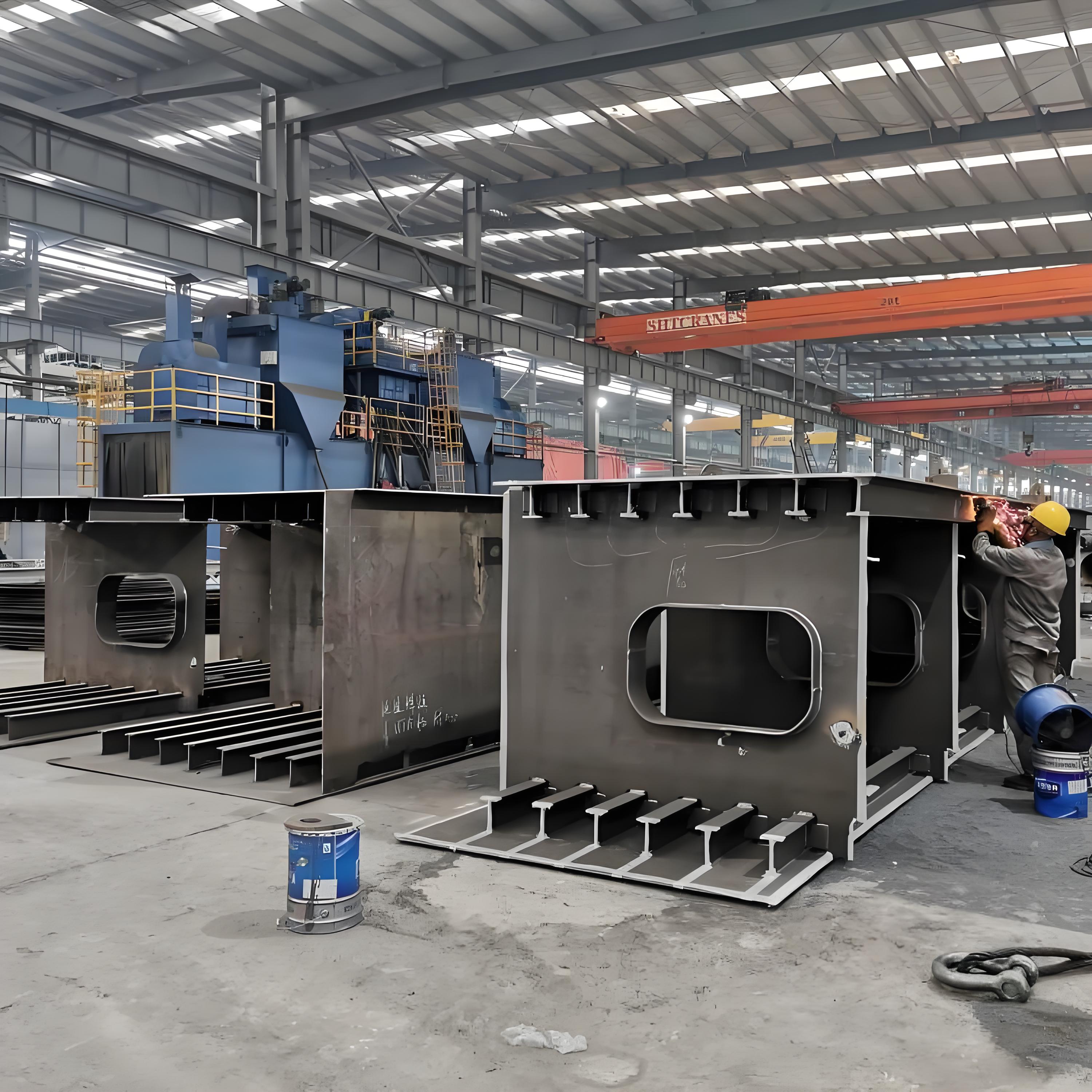- NEWS -

I have studied Structural Engineering and practised for some time.
I wouldn't call myself a structural Engineer though as I am not conversant with all the principles of design.
However, I oversee construction of river bridges and have come across certain designs which doesn't account for construction difficulties.
I'll give you few situations from the one of the project to better demonstrate what I mean.
Situation 1 (Labour is expensive)
The footing for one abutment had around 80 tonnes of reinforcement steel. However, mostly 12mm and 16 mm dia rods were used. This led to immensely dense steel cage and there were problems with first binding all the steel together and secondly during the casting as the concrete wouldn't pass through the bottom cage of steel. This led to lot of broken vibrator needles and many wasted man hours. Only if the designer would have considered increasing the thickness of the footing or increasing the dia of reinforcement being used, this could have lead to increased savings for the contractor. I agree that quantity of materials used would have increased, however savings in man hours would have easily offset that.
Situation 2. ( Use terrain of the site)
There was a footbridge to be built between the two ends of the valley to enable movement of workforce from one end of the project to another. The anchor blocks designed for the suspended cables were quite heavy and the design depended solely on the huge weight of the anchor for protection against sliding and it was placed on the ground level. However, the ground strata at the location of anchor was hard rock. This could enable the reduction in the size of anchor block by at least 50% by founding of the anchor block 1~2 meter below ground level and hence using hard rock in front of the anchor to resist sliding forces.
This was ultimately adopted at the site and huge savings were achieved. Only if the designer would have cared to visit the site before designing the structure and taking into account the physical features of terrain into his design, he could have produced a much more efficient design.
Situation 3. ( Think construction)
The abutment was a box type structure and there were in total 12 boxes. The boxes needed to be filled up to 7 m for counterweight as the bridge was balanced cantilever.
The height of the abutment structure was 13 meters. On the top of the abutment was soffit of 450 mm. As the filling was to be done only upto 7m, the form work for casting of soffit was a huge hassle. Plus, all the Formwork had to be left inside and couldn't be retrieved. This led to avoidable expenses for the contractor as a great deal of resources couldn't be retrieved.
This could have been avoided if the provision for complete filling of abutment was made. Designer should go through the construction sequence in his mind to assess what is the best possible way to implement the design he is giving and adapt accordingly if he thinks that some of the processes will take inproportainate amount of resources to implement the design on the ground.
Situation 4. (Know about the cost of materials)
The same abutment had heel side brackets and filling on top of it for providing additional counterweight to the cantilever. The length of the heel side bracket was 5 m and it needed to be filled upto 20 m with boulders. The project location had shortage of boulders and it was very expensive to procure the boulders required for the purpose. However, the site had a lot of earth which could have easily been used with negligible cost compared to boulders. This would have required the size of heel bracket to be increased to 6 m from the existing 5 m.
Designer needs to understand that not all materials cost equal. He needs to know what materials are cheaply available in the region where the project is being implemented.
Situation 5. ( Consider the cost of machinery)
For the same bridge, prestressing end was provided in the anchor arm of the bridge. However the prestressing ends were situated inside the anchor bloc and the anchor block was divided into three boxes. As the prestressing jacks are quite heavy, it is a hassle to move it around in tight corners. Plus they are very expensive. Also, blisters are a mess and takes a lot of man hours to do shutter work for the same. This was all done to save paltry 6 tonnes of prestressing steel.
If the prestressing cables were taken all the way to end diaphragm, it could have saved countless man hours and needed just one prestressing jack instead of current three.
Designer needs to consider the cost of machinery and equipments and not just consumables while designing a structure.
To summarise, I would advise all the designers to consider following tips before designing any structure.
- Make a site visit befor getting on with the purpose.
- Try to use terrain of the project site to the advantage of the design.
- Consult about the material cost at the project site.
- Consider labour cost and machinery/equipment cost along with consumables cost.
- Involve the contractor in the design process to understand construction problems and mitigate them before its too late.
A structure that is safe and uses the least amount of material is not always the most efficient one.
Related Posts
Online Message
TOUCH WITH US
